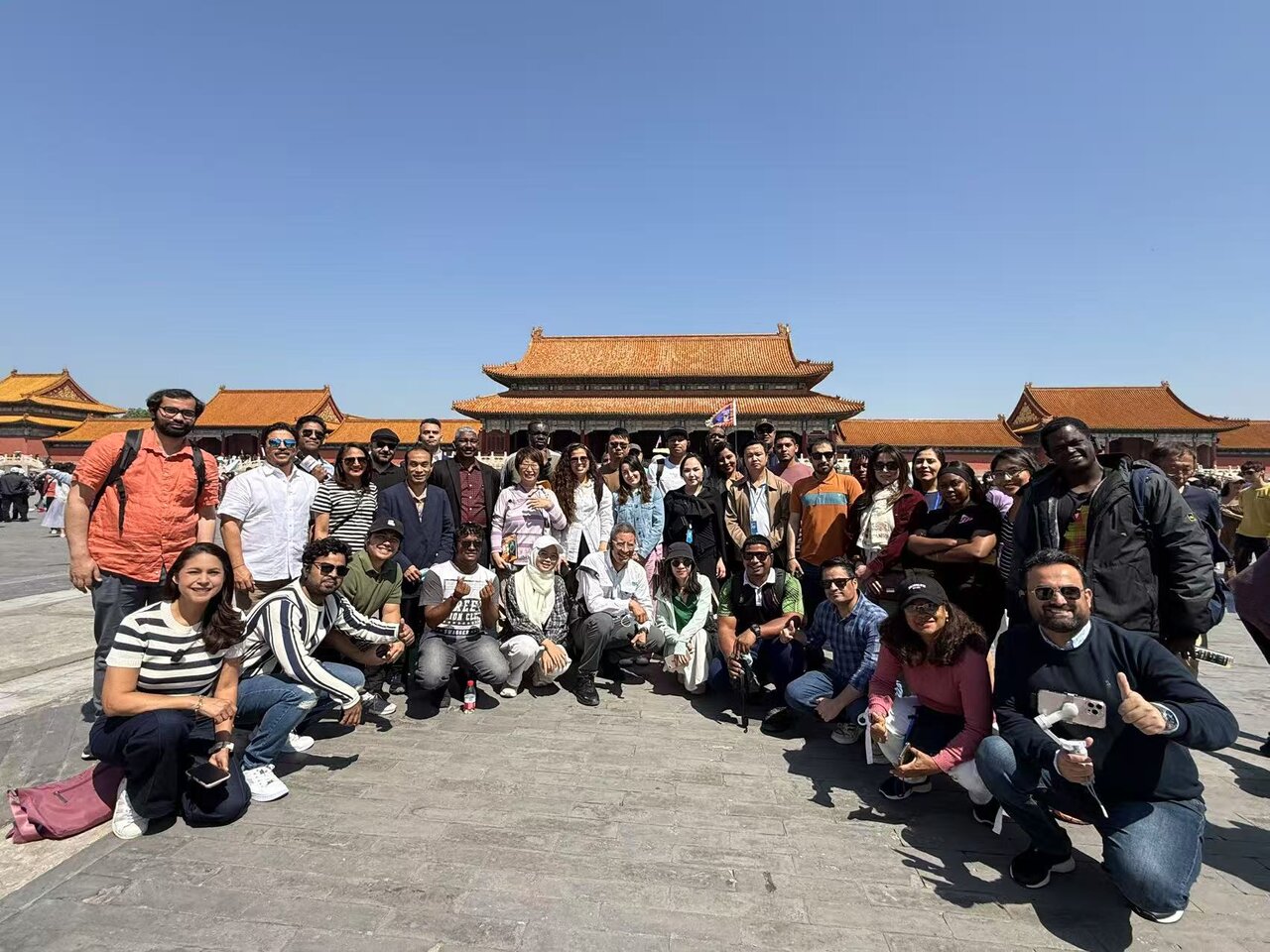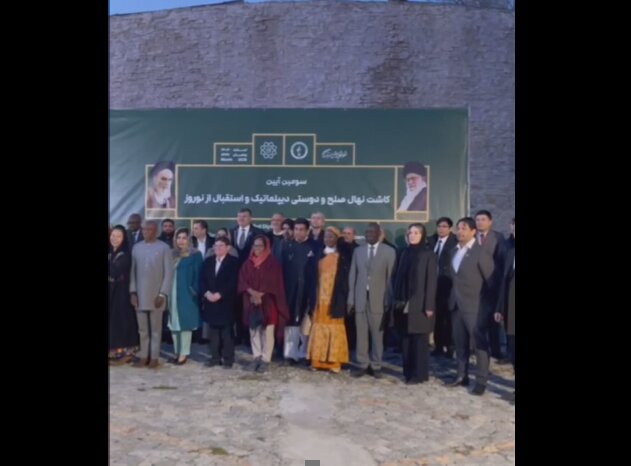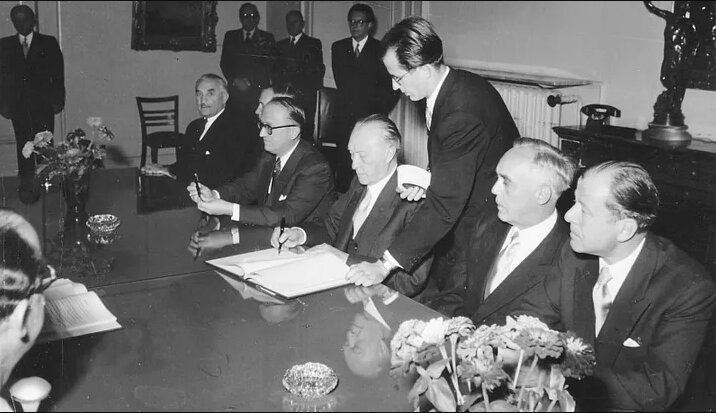Forbidden City: China’s Timeless Cultural Treasure and Heritage Symbol
Exploring the Forbidden City is an unforgettable experience that immerses visitors in China’s rich imperial history. Nestled in the heart of Beijing, this UNESCO World Heritage site, also known as the Palace Museum, stands as a testament to the nation’s architectural brilliance and cultural significance.
Recently, I joined a group of international journalists on a carefully organized visit by the China International Press Communication Center (CIPCC), where we delved into the history and grandeur of this magnificent palace complex. The contrast of the ancient structures against Beijing’s modern skyline vividly illustrates China’s remarkable balance between tradition and innovation. The Forbidden City is not merely a relic of the past; it is a vibrant symbol of cultural resilience and continuity.
The intricately designed carvings, rich colors, and profound symbolism throughout the Forbidden City highlight the importance of artistic expression in ancient Chinese culture. Here are some notable features:
- Mythical Creatures: Dragons and phoenixes can be seen across the palace, representing power, prosperity, and good fortune.
- Aesthetic and Practical Design: The architecture is not only visually stunning but also serves practical purposes, embodying harmony and balance.
- Visitor Experience: During our visit, individuals from various countries expressed deep admiration for the site’s grandeur, reflecting its universal appeal.
The Forbidden City serves as more than just a historical monument; it embodies a timeless dialogue across centuries. For tourists, it provides a profound connection to China’s imperial height, while for the world, it symbolizes the importance of heritage preservation and cultural exchange.
The origins of the Forbidden City date back to the early 15th century during the Ming Dynasty. Over its 500-year history, it has housed 24 emperors from both the Ming and Qing Dynasties. The construction of this grand complex took an impressive 14 years, from 1406 to 1420, and it spans an area of 720,000 square meters. The construction area itself is 150,000 square meters and includes 980 surviving buildings, boasting over 70 halls and palaces. Notably, it is recognized as the largest palace and wooden structure complex in the world.
Visitors to the Forbidden City will find that it is divided into two primary sections:
- Outer Court: This area comprises three grand halls and ceremonial spaces used for state functions.
- Inner Court: Reserved for the emperor and his family, this section was the private domain of the imperial family.
Among the many architectural marvels within the Forbidden City, the Hall of Supreme Harmony stands out as the largest and most significant building. This hall was the venue for crucial state ceremonies and imperial coronations, highlighting its importance in the imperial hierarchy. Additionally, the Hall of Central Harmony and the Hall of Preserving Harmony serve as remarkable spaces as well:
- The Hall of Central Harmony was used by the emperor to prepare for significant events.
- The Hall of Preserving Harmony functioned as a banquet space and a venue for imperial examinations.
Within the walls of the Palace Museum, visitors can explore an extensive collection of over 1.8 million cultural artifacts. This impressive assortment includes:
- Paintings: Traditional and contemporary works that reflect China’s artistic evolution.
- Calligraphy: An essential aspect of Chinese culture, showcasing the beauty of the written word.
- Ceramics: Fine examples of Chinese porcelain, known for their exquisite craftsmanship.
- Jade: Historically significant and highly valued in Chinese culture.
- Imperial Treasures: Artifacts that reflect the opulence and grandeur of the imperial era.
In conclusion, the Forbidden City is a remarkable destination that offers a unique glimpse into China’s imperial past while promoting cultural understanding and appreciation. With its stunning architecture and vast collections, it continues to inspire awe in visitors from around the world, solidifying its status as one of China’s most treasured heritage sites.






